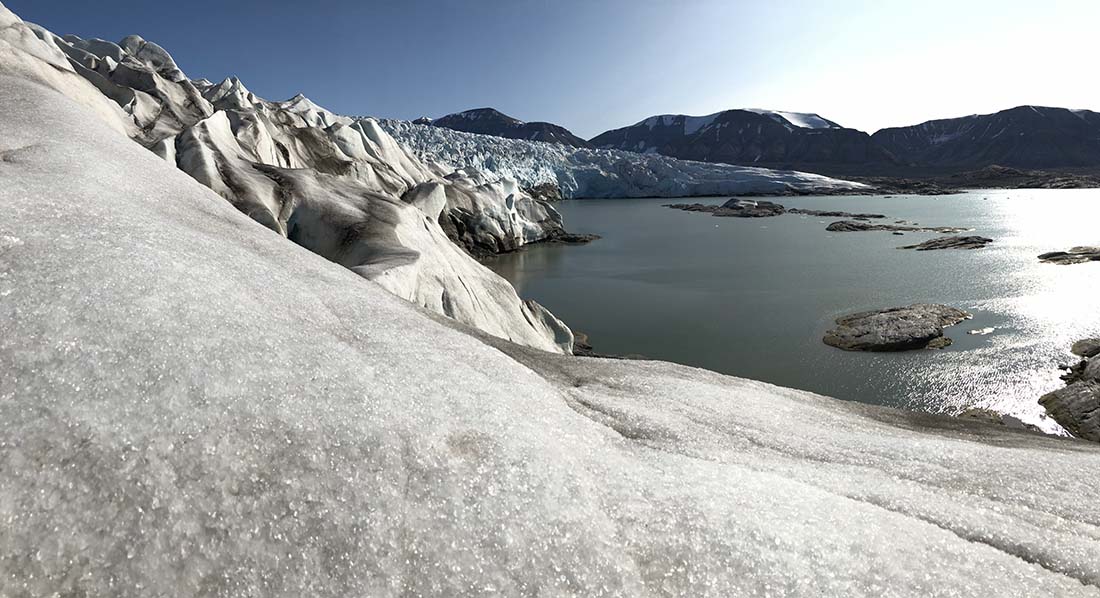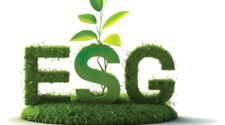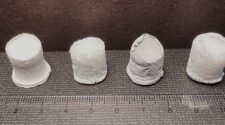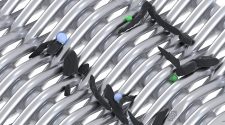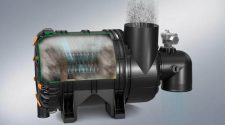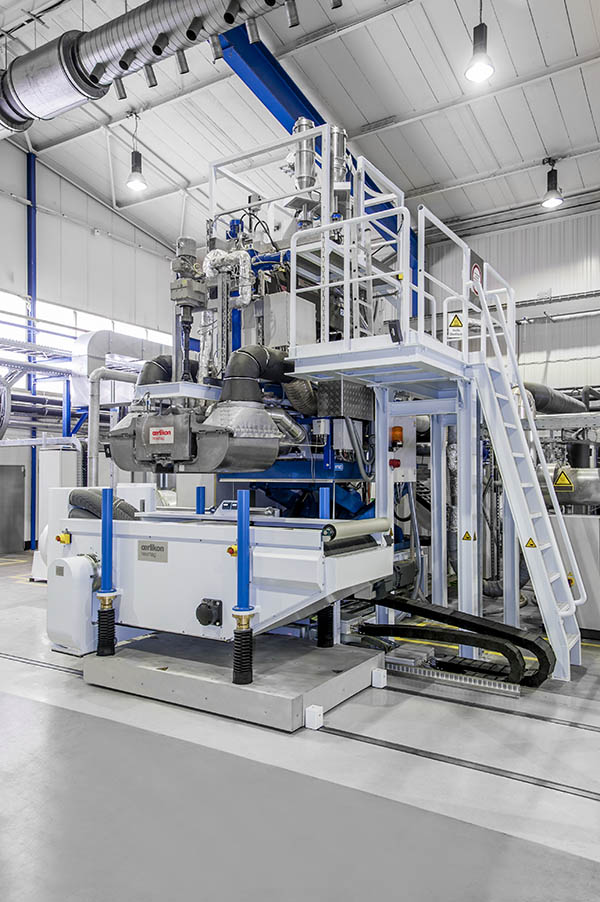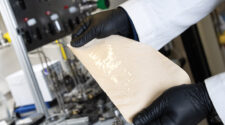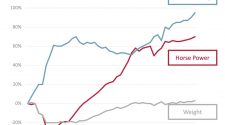Waking up every day to the sounds of crying glaciers as they collapse to raise global sea levels sends an alarming message about the deterioration of our climate. Ice calving represents not just mere anger but also an explicit rejection of our environmental behavior’s status quo, which seems to drive our challenges to climate change.
Anthropogenic emissions know no borders as they travel freely around the globe driven by the wind. They are generated by the irresponsible way we live, commute, generate, and use power, which creates heat sinks and pollutant accumulation. As adaptation and mitigation strategies fall short in keeping up with the rising tide of air pollution, humanity must opt for efficient processes and natural resource utilization to gear up toward embracing sustainability.
Why Svalbard
I have been an environmental enthusiast from an early age, and advocating for enhanced air quality has been my mission for over a quarter century. I have always wondered why we pollute horrendously and then spend tremendously on technologies such as filtration to capture our anthropogenic emissions. I wanted to bring my message across the world, and an ideal coordinate would be Longyearbyen, Svalbard, where global heating is hitting hardest.
Arrival
I arrived in Svalbard in July and stayed for an entire week in daylight, witnessing the midnight sun. Upon landing, everyone had their airport pickup arranged, and I learned that the surrounding area is inhabited by polar bears. Svalbard is certainly not a place where one would hear the honking of vehicle horns, the crunching sound of machinery wheels, the shriek of steam from boilers, or the regular beat of the looms; it is rather a quiet and peaceful place to stay and admire its nature.
Seeing Is Believing
Unless one experiences the scene and sound of the daily ice calving, telling the story cannot adequately convey the feeling of such a loss. Svalbard is located at the main gateway of atmospheric and oceanic heat transport into the Central Arctic and has experienced a 3-5 °C increase in temperature from 1971 to 2017.[1,2] Glaciers and ice sheets make up 10% of the Earth’s surface and store nearly 80% of the planet’s fresh water.[3,4] The increase in temperature results in ice melting, causing a cascade of effects. It alters the ocean’s salinity, temperature, and volume, leading to a rise in sea level, estimated to be 0.15 to 0.25 meters between 1901 and 2018.[5] Such rise in sea levels positions cities worldwide, particularly coastal ones, representing 90% of urban areas today, to be more vulnerable to being engulfed, similar to what has happened in Brazil recently.
The glacier’s losses cause their region to be converted to atmospheric heat and moisture sources, significantly impacting local and regional climate. Research has shown that the Arctic region is threatened by contamination arising from precipitation, atmospheric transfer, and anthropogenic activities.[6,7] Glacial systems confront contaminants from external sources, which have been deposited onto the ice surface.[8,9] Anthropogenic emissions have raised temperatures even higher in the poles, leading to rapid glacier melting, calving off into the sea, and receding.[10]
Polar Bears
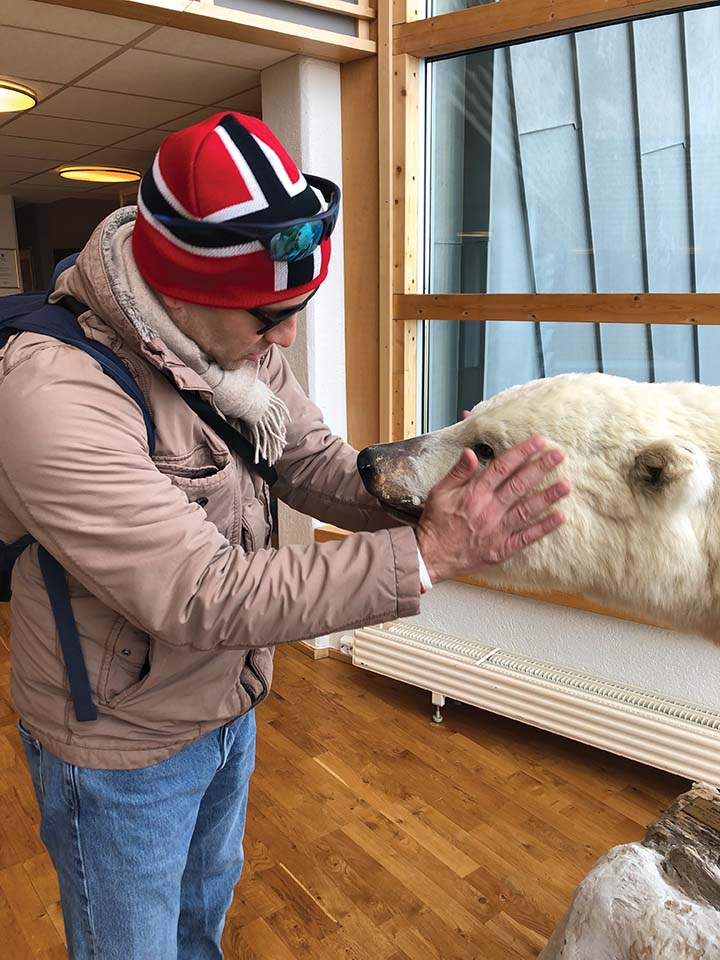
While some studies suggest that polar bears outnumber Svalbard inhabitants, who number just under 2,700, other projections argue that the number is way below such a prediction.[11] However, scientists have indicated that sea ice level decline and rising air pollutant concentrations impact their conditions and ecosystems, forcing them to venture deeper into land areas to search for food. Consequently, this leads to increased contact with humans and potentially human-bear loss. Legislation to protect polar bears was put into place to decrease their killing in defense of life or property and has helped protect them to a certain extent.
Visiting the Glaciers
To get a closer view of the glaciers, I was transported by boat to a cottage nearly one hour away from Longyearbyen. The hosts instructed me and the other visitors not to step out of the cottage as polar bears might pay us a visit. Lunch consisted of vacuumed sealed food that required hot water to make it edible. As the boat approached the shore, my cell phone coverage weakened. Only then did I realize that I would be spending four nights without a signal or WiFi connection.
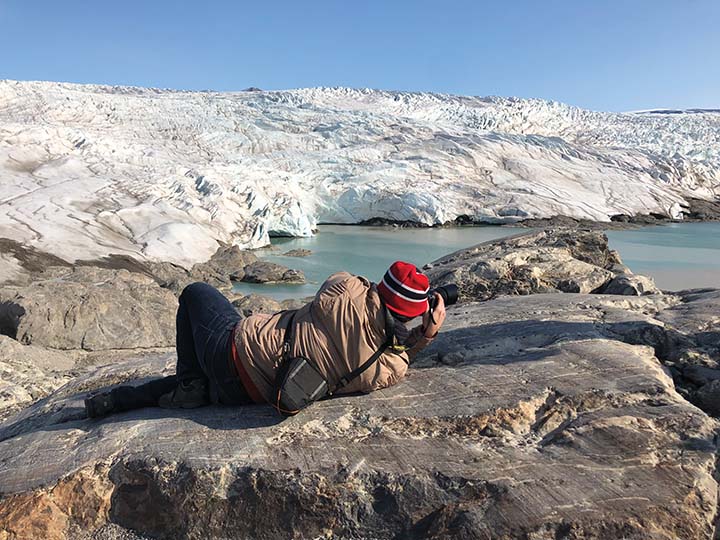
Such isolation was an ideal time to think about what we take for granted. During the orientation, we reflected on how we thoughtlessly take for granted our use of water, whether for drinking or taking a shower – another wake-up call. The host provided dinner and we threw the garbage outside the cottage in the bin. I went to bed, only to notice foxes roaming around the cottage, attracted by the fish remains we had just thrown away.
Climbing up the hill to get a closer view of the glaciers was difficult. We stopped intermittently to rest and drink tea, and when we returned, the steps we used to cross were submerged in melted glacier water. Every day and night, I would be alarmed by ice-calving sounds, which could happen at any time. The calving sounds like a mix between glass breaking and a person crying. The massive size of the glaciers makes one believe they are too big to collapse. I asked myself what humanity is doing that is leading to these detrimental consequences.
Environmental Footprint
The question remains, where does all this pollution come from? Can this pollution come from cities representing only 2% of the Earth’s surface?[12] Cities require 75% of global primary energy to run their activities and emit around 60% of greenhouse gases.[13] The premise of building cities is to embrace a low-carbon way to live where everyone can gain economic standing while living in a green, clean, and healthy urban environment. However, that does not coincide with our current environmental footprint or sustainable urban development plans that cities claim to adopt. Humanity continues to face many unprecedented ecological challenges due to uncontrolled urbanization growth that reduces cities’ resilience and further increases their vulnerability to climate-induced consequences. To add to the complexity of the current urbanized world we find ourselves in, recent projections show that 2.5 billion people will be added to the urban environment by 2050.[14] Managing urbanization’s speed, scope, and scale requires a comprehensive understanding of its induced ecological risks and a holistic approach to the underlying parameters linking rural and urban settings in an integrated economy. Sectors with significant environmental footprints must be investigated for optimization areas such as power generation, transport, and buildings, which amount to 40%, 23%, and 10%, respectively.[15]
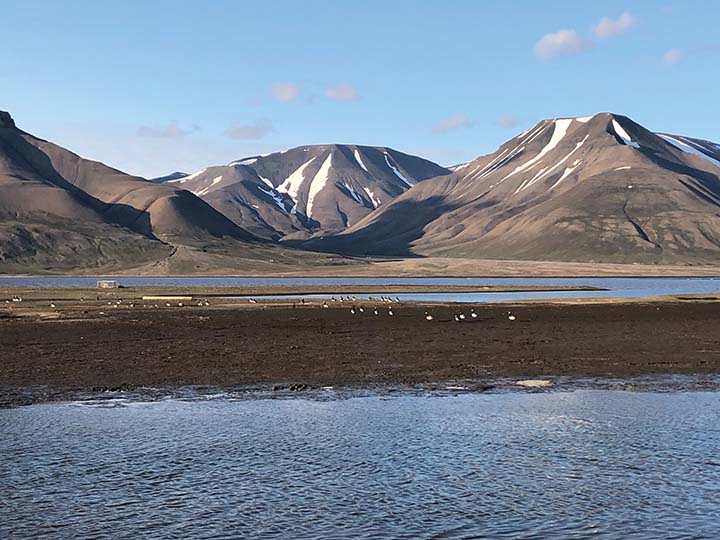
Sustainable Transport Systems
We must alter how we live, generate, use power and commute to induce change. Mobility is critical to prosperity and connectivity with cities and people. However, there is no comfort in knowing that the global car fleet (passenger vehicles) has expanded by more than 600 million cars over the last 20 years, and road freight activity has increased by almost 65%.[12] Such growth is reflected in road transport, which accounts for around 45% of global oil demand, far more than any other sector.[16] Transport accounts for around one-fifth of global carbon dioxide (CO2) emissions, whereas road travel accounts for three-quarters of transport emissions.[17]
Power Generation
Cities should emphasize energy efficiency and mobility over generating more power and replacing forests with concrete and asphalt. Furthermore, laying out a sustainable transport system with excellent connectivity, access, equity, and interaction with cities and inhabitants is central to reducing miles-driven and road transport emissions. Sustainable building design signifies new interaction opportunities impacting travel choice and selection to reduce private vehicle use and the need for extensive parking space.
Efficient, frequent, and widespread public transport could reduce miles driven transport emissions and the need to avail car parking spaces. The full-fledged implementation of any governmental policy to reduce anthropogenic emissions requires transformative rather than incremental approaches. What would our urban environment have been like if all the funds were invested in a sustainable transport system rather than paving wider streets and expanding highways?
Sustainable and Healthy Buildings
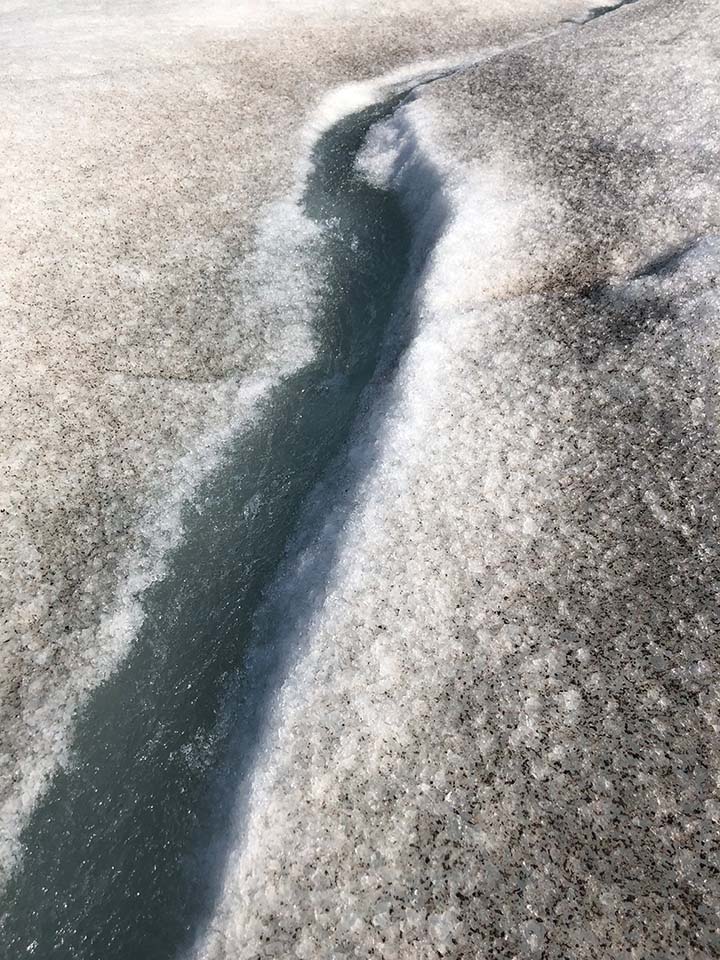
Greenhouse gas (GHG) emissions from fossil fuels and land use have grown since the 19th century, reaching their highest-ever level in 2019.[18] Buildings are another villain in the story, responsible for about a third of global energy consumption. HVAC accounts for 38% of buildings’ energy usage and is accountable for a quarter of CO2 emissions.[19] The IPCC reported, “Over the period 1990–2019, global CO2 emissions from buildings increased by 50%, global energy demand grew by 38%, with a 54% increase in non-residential buildings and a 32% increase in residential ones.”[20]
These statistics, along with the irresponsible way we live, urbanize, and grow, are leading to rising sea levels, sinking land, and eroding coasts, which suggest we are on the wrong side of behavior that nurtures versus stresses our natural environment. Changing course through decarbonization is imperative if we are serious about keeping the promise for children and grandchildren of living on a planet safer than the one we inherited. It is, therefore, time to ask the difficult and direct questions that would address the “how” and “what” of preventative policies and efficient processes to ensure that we course-correct while we still can.
Constructing innovative buildings using advanced insulation materials can help minimize the required heat loads to achieve thermal comfort and optimize the selection of Heating, Ventilation, and Air Conditioning (HVAC) systems.
Patience for Consent
Humanity is mistaking our planet’s patience for consent and its climate change signs for natural occurrences. For cities to enhance their resilience and adaptation responses, they must assess their meteorological and geographical specificities. While solutions can come from legislation, technological advancement and innovation, the initial change has to come from the end-users – residents, businesses, and industries – who must control their consumption. We should embrace waste and heat recovery technologies that can be used to bridge supply gaps, particularly when it comes to buildings. Furthermore, constructing innovative buildings using advanced insulation materials can help minimize the required heat loads to achieve thermal comfort and optimize the selection of HVAC systems.
The Broken Climate

Undoubtedly, the climate we once knew is broken, and the irrefutable evidence is all around us. Rising sea levels, submerged cities, displaced nations, decimated food supplies, and disrupted supply chains and businesses are a few consequences of our “complacency mode.” To swiftly combat climate change, we must scale up our ambitions and follow through with appropriate actions to embrace the sense of urgency about bringing environmental agreements into force. This entails employing refined and innovative regulatory frameworks to adapt to the emerging realities of pandemics and conflicts. That also includes helping developing countries that have yet to create frameworks. But we are not alone in this. Our intentions and actions must highlight the oneness of the environment and the shared responsibilities of all nations. Together, we can make a difference.
The Last Nail in the Coffin
What happens in Svalbard is more than a wake-up call – it signals a critical aspect of global heat, which varies in rates depending on the geographic location. Research has reported that in the past two decades the Arctic has warmed approximately twice as rapidly as the entire Northern Hemisphere, which has experienced a greater increase in heat than the southern Hemisphere.[21] In the northern hemisphere, ice is lost as glaciers retreat due to heat, and permafrost that holds rock faces together is thawing, increasing rock fall and landslide risk.[22] Svalbard is experiencing far higher temperature increases than those in the tropics due to what is known as polar amplification of heating.
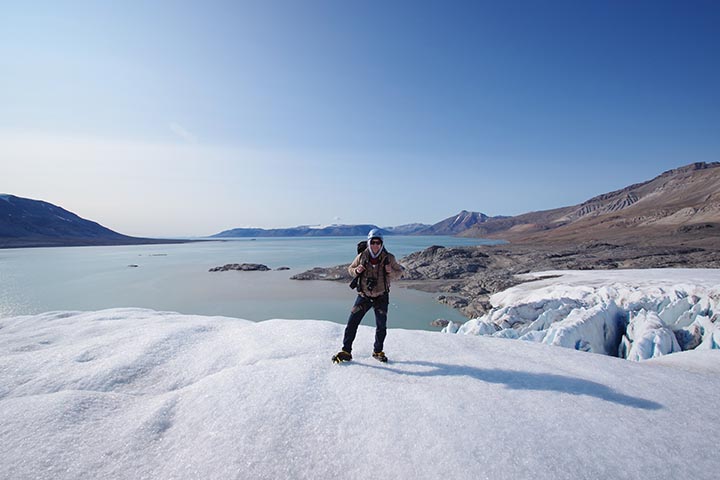
The situation in Svalbard is a stark reminder that the clock is ticking, and we must act now. We need to reimagine the conventional and linear ways we consume our resources and find innovative ways to reduce waste. We must embrace sustainable ways of living and urbanizing as we rapidly grow. I believe it is possible to achieve growth without increasing our pollution. It is time to act and be part of the solution and not the problem.
Returning Home
Once home, I was convinced we could and should grow without polluting or causing the further loss of glaciers and trees. I produced a list of actions, before our escalating anthropogenic emissions hammer the last nail in its coffin. While we should get busy assessing environmental agreements and ensuring implementation, we ought first to fix our relationship with the planet.
If we cycle rather than drive, recycle rather than waste, and reuse rather than consume, we can grant the next generation a fair chance to fight for their rights. Decarbonization starts with harnessing the sun and bending the wind through a renewable architecture that reduces the indisputable prodigious fossil fuel combustion as we progress to more sustainable living and a circular economy. We all play a role in reducing the emissions our planet inhales. We could all start by turning off the lights on our way out!
References:
- Hansen, B.B., Gamelon, M., Albon, S.D., Lee, A.M., Stien, A., Irvine, R.J., Sæther, B.E., Loe, L.E., Ropstad, E., Veiberg, V. and Grøtan, V., 2019. More frequent extreme climate events stabilize reindeer population dynamics. Nature Communications, 10(1), p.1616.
- Førland, E.J., Benestad, R., Hanssen-Bauer, I., Haugen, J.E. and Skaugen, T.E., 2011. Temperature and precipitation development at Svalbard 1900–2100. Advances in meteorology, 2011.
- Radic, V. et al. Regional and global projections of twenty-first century glacier mass changes in response to climate scenarios from global climate models. Clim. Dynam. 42, 37–58 (2013).
- DeBeer, C.M., Sharp, M. and Schuster-Wallace, C., 2020. Glaciers and ice sheets. World, 215(705,739), p.1565.
- Lee, H., Calvin, K., Dasgupta, D., Krinner, G., Mukherji, A., Thorne, P., Trisos, C., Romero, J., Aldunce, P., Barret, K. and Blanco, G., 2023. IPCC, 2023: Climate Change 2023: Synthesis Report, Summary for Policymakers. Contribution of Working Groups I, II and III to the Sixth Assessment Report of the Intergovernmental Panel on Climate Change [Core Writing Team, H. Lee and J. Romero (eds.)]. IPCC, Geneva, Switzerland.Serreze, M.C., Crawford, A.D. and Barrett, A.P., 2015. Extreme daily precipitation events at Spitsbergen, an Arctic Island. International Journal of Climatology, 35(15), pp.4574-4588.
- Serreze, M.C. and Barry, R.G., 2014. The Arctic climate system. Cambridge University Press.
- Law, K.S. and Stohl, A., 2007. Arctic air pollution: Origins and impacts. science, 315(5818), pp.1537-1540.
- Kosek, K., Kozioł, K., Luczkiewicz, A., Jankowska, K., Chmiel, S. and Polkowska, Z. 2019. Environmental characteristics of a tundra river system in Svalbard. Part 2: Chemical stress factors. Science of the total environment, 653, pp.1585-1596.
- Torstensson, A., Hedblom, M., Andersson, J., Andersson, M.X. and Wulff, A., 2013. Synergism between elevated pCO2 and temperature on the Antarctic sea ice diatom Nitzschia lecointei. Biogeosciences, 10(10), pp.6391-6401.
- Crockford, S.J., 2021. The State of the Polar Bear Report 2020. Global Warming Policy Foundation Report, 48.
- Eneroth, K., Kjellström, E. and Holmén, K., 2003. A trajectory climatology for Svalbard; investigating how atmospheric flow patterns influence observed tracer concentrations. Physics and Chemistry of the Earth, Parts A/B/C, 28(28-32), pp.1191-1203.
- IEA (2023), World Energy Outlook 2023, IEA, Paris https://www.iea.org/reports/world-energy-outlook-2023, Licence: CC BY 4.0 (report); CC BY NC SA 4.0 (Annex A)
- UN-Habitat, “Cities: A ‘cause of and solution to’ climate change,” UN News, 18 September, 2019 [Online] Available: https://news. un.org/en/story/2019/09/104666
- IEA, 2020. Global energy-related CO2 emissions by sector, IEA, Paris https://www.iea.org/data-and-statistics/charts/global-energy-related-co2-emissions-by-sector, IEA. Licence: CC BY 4.0
- IPCC. Climate Change 2001: Synthesis Report. A Contribution of Working Groups I, II, and III to the Third Assessment Report of the Integovernmental Panel on Climate Change; Watson, R.T., Core Writing Team, Eds.; Cambridge University Press: Cambridge, UK; New York, NY, USA, 2001.
- IEA (2024), Global EV Outlook 2024, IEA,
Paris https://www.iea.org/reports/global-ev-outlook-2024, Licence: CC BY 4.0 - Lamb, W.F., Wiedmann, T., Pongratz, J., Andrew, R., Crippa, M., Olivier, J.G., Wiedenhofer, D., Mattioli, G., Al Khourdajie, A., House, J. and Pachauri, S., 2021. A review of trends and drivers of greenhouse gas emissions by sector from 1990 to 2018. Environmental research letters, 16(7), p.073005.
- IEA, 2021. Net Zero by 2050, Paris. IEA, Paris, https://www.iea.org/reports/net- zero- by- 2050.
- Cabeza, L. F., Q. Bai, P. Bertoldi, J.M. Kihila, A.F.P. Lucena, É. Mata, S. Mirasgedis, A. Novikova, Y. Saheb, 2022: Buildings. In IPCC, 2022: Climate Change 2022: Mitigation of Climate Change. Contribution of Working Group III to the Sixth Assessment Report of the Intergovernmental Panel on Climate Change [P.R. Shukla, J. Skea, R. Slade, A. Al Khourdajie, R. van Diemen, D. McCollum, M. Pathak, S. Some, P. Vyas, R. Fradera, M. Belkacemi, A. Hasija, G. Lisboa, S. Luz, J. Malley, (eds.)]. Cambridge University Press, Cambridge, UK and New York, NY, USA. doi: 10.1017/9781009157926.011
- Francis, J.A. and Vavrus, S.J., 2012. Evidence linking Arctic amplification to extreme weather in mid‐latitudes. Geophysical research letters, 39(6).
- Huggel, C., Allen, S., Deline, P., Fischer, L., Noetzli, J. and Ravanel, L., 2012. Ice thawing, mountains falling—are alpine rock slope failures increasing? Geology Today, 28(3), pp.98-104.
- Serreze MC and RG Barry (2011). Processes and impacts of Arctic amplification: A research synthesis, Global and Planetary Change 77 (2011) 85–96.


